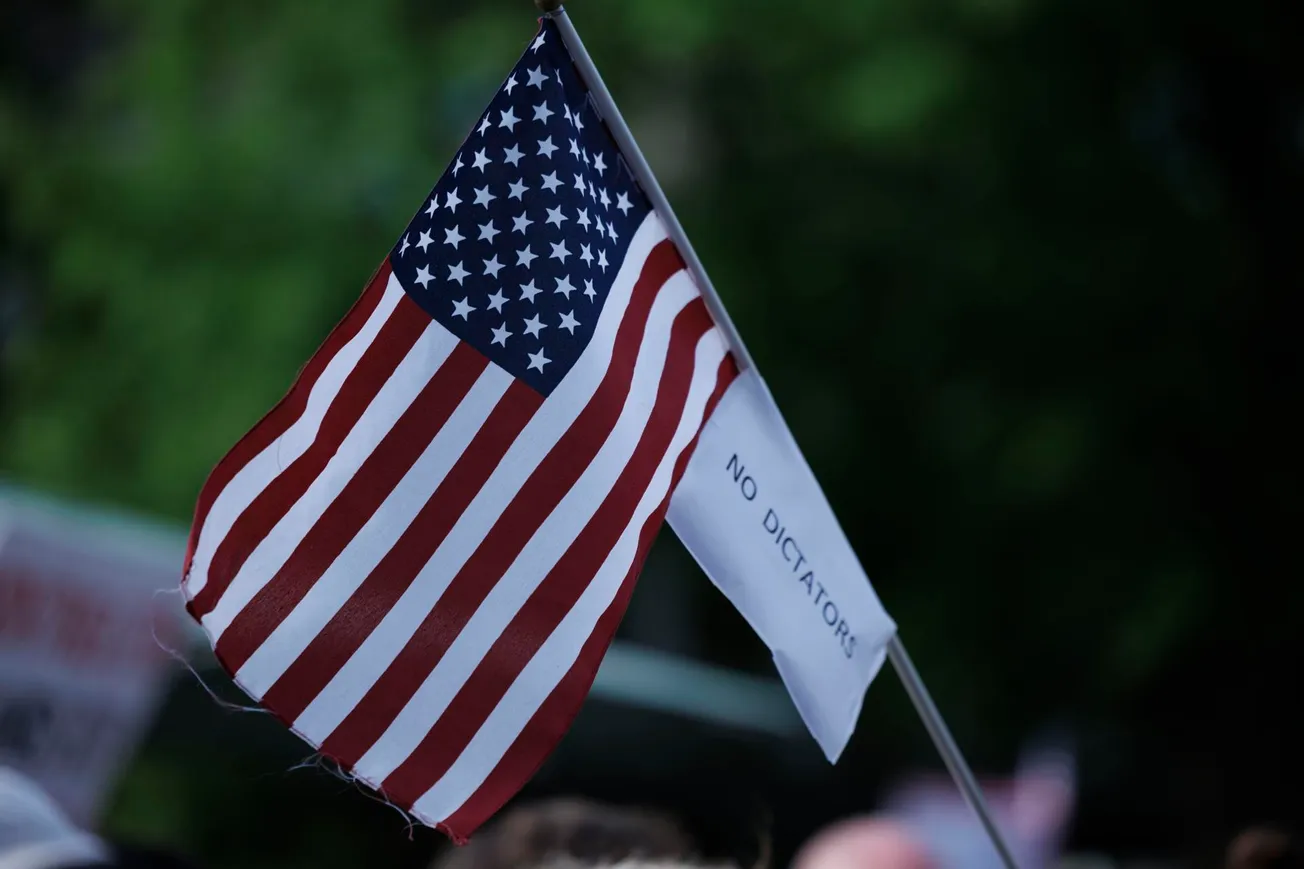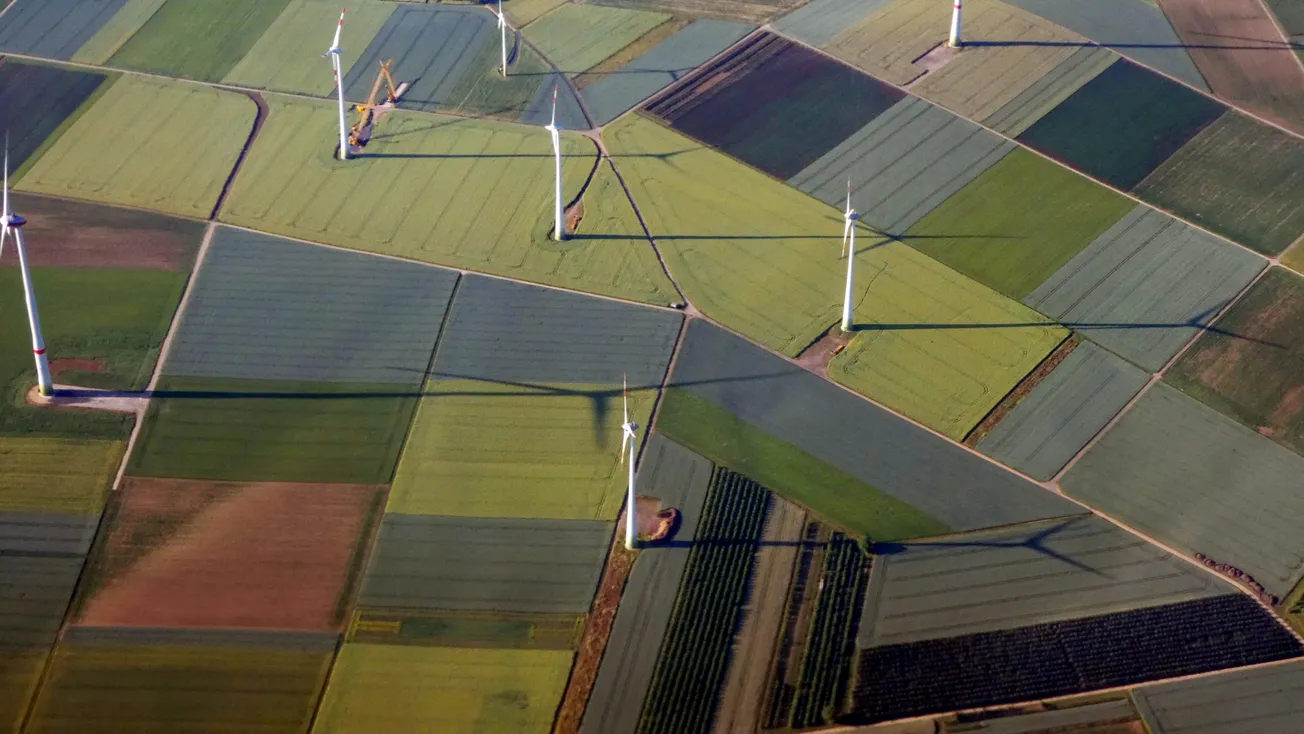“All we know about undocumented immigrants is wrong,” wrote Ezra Klein in The Washington Post, echoing Princeton University’s Doug Massey, whose historical approach to the immigration issue can be read in a 2007 paper titled “Understanding America’s Immigration ‘Crisis.’” Note that the word crisis is in quotation marks. Massey is no politician, he knows words have weight and attaching the word “crisis” to immigration is the business of demagogues and special interests, not scholars.
Massey’s analysis starts early in the 20th century when American companies “begged Mexican laborers” for help, recruited them, and later paid them in broken promises. There was an enormous increase in the immigrant labor force during the 1920s, which was followed by the “age of deportations” as a result of the Great Depression when almost half a million Mexicans were expelled from the US.
World War II brought back the demand for foreign workers. This was the time of the Bracero Program when workers were granted temporary US visas, and illegal crossings through the US-Mexican border were at their lowest. Following the end of the Program in 1965 and subsequent limitations on immigration —the number of workers visas went from 400,000 in 1959 to 1,725 in 1979— the era of the undocumented immigrant was born.
1986: An immigration law and a thriving economic US-Mexico relationship at the border should have translated into more fluid labor force agreements, right? Not exactly.
However, because the border was less patrolled in the 80s, undocumented laborers were more easily able to both enter and leave the country.
In 1986, Congress passed an immigration reform law, and President Reagan granted amnesty to three million undocumented workers. An immigration law and a thriving economic US-Mexico relationship at the border should have translated into more fluid labor force agreements, right? Not exactly. Actually, the late 80s are the years of the increased militarization of the US-Mexico border. Massey argues that when the US government makes crossing the border more difficult, it provokes an unintended consequence: the increase of undocumented immigrants. This takes us to the present paradoxical “crisis”: the fall to zero of undocumented, border-crossing immigrants compels Congress to focus above all “on how to further militarize an already militarized border.”
The Senate immigration bill —currently in Limbo a.k.a the House— appropriates an obscene amount of money to border security. In light of Massey’s analysis, it seems that some in Congress are trying to pervert the meaning of immigration —a human phenomenon, the great catalyst of the American experience.
So is there an immigration “crisis”? “Crisis” is always yelled by those whose business is keeping the “crisis” alive.










